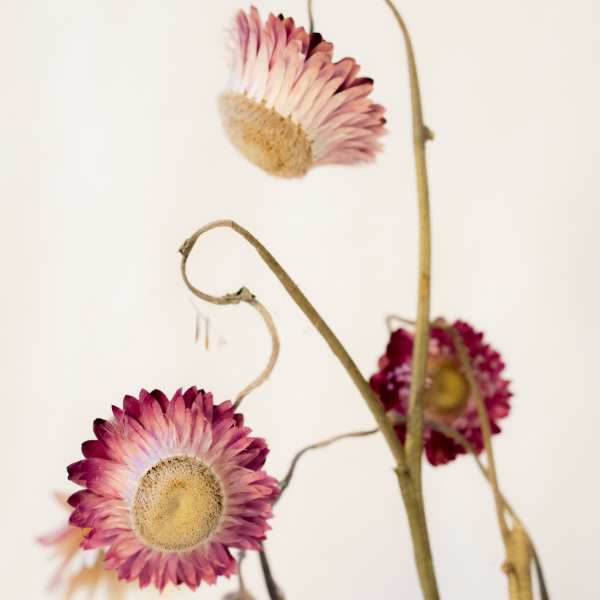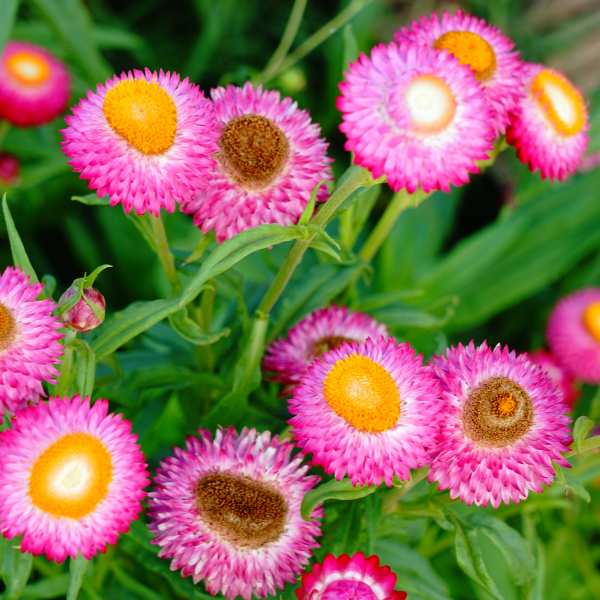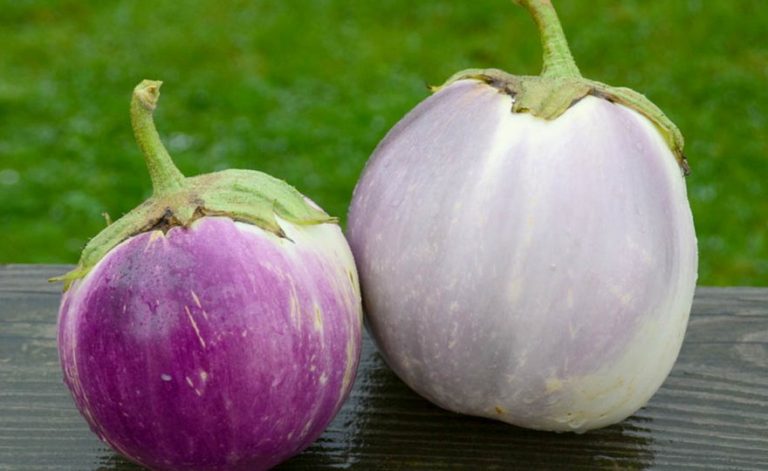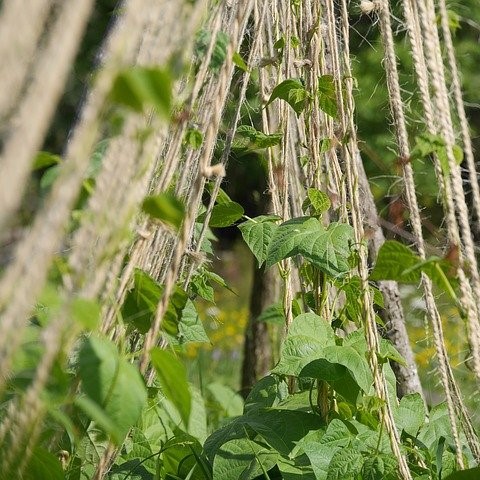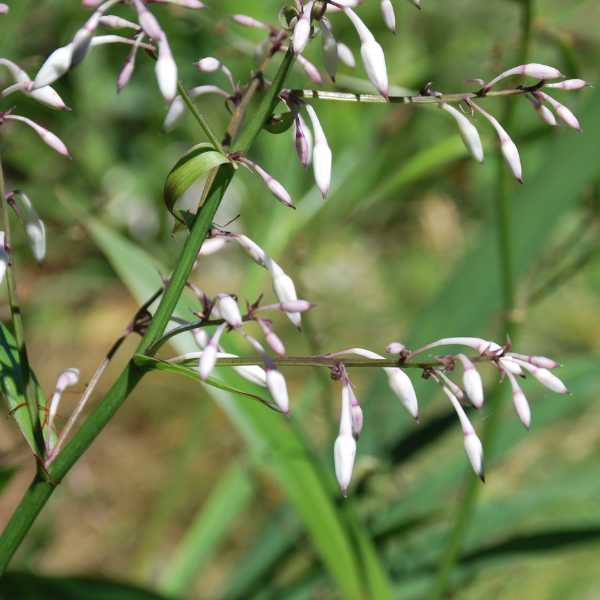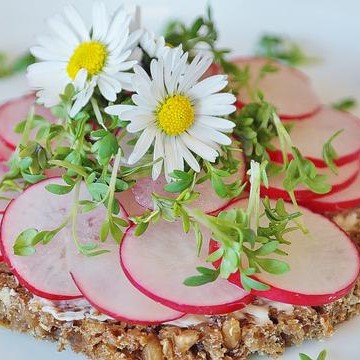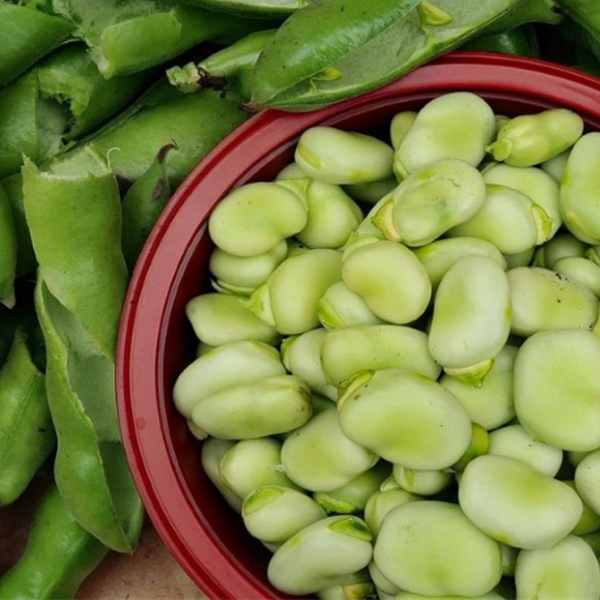Everlastings Daisies. The Perfect Indoor or Outdoor Decoration
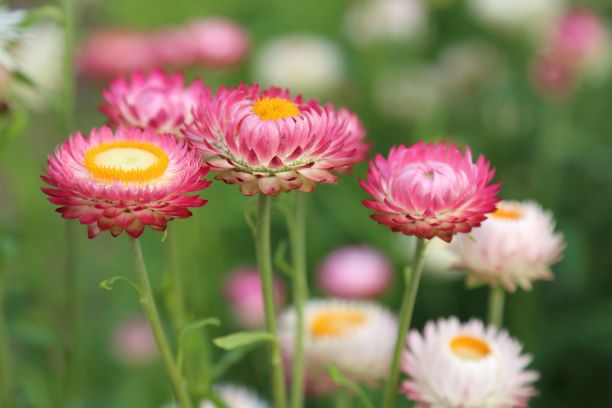
Everlasting Daisies are a colourful Australian Native also known as Strawflowers or Paper Daisies. They will grow as a short lived perennial or an annual, in a huge range of climates and soil types. They are a hardy plant that will provide long lasting colour in your garden.
One of my favourite places to see them planted is in verge gardens, brightening up the streetscape. For apartment dwellers and courtyard gardens, a colourful pot filled to the brim with these cheerful flowers is a wonderful way to welcome you and your guests to your abode.
The papery flowers also hold their colour and shape when dried, making them beautiful for long-lasting dried flower arrangements. One eco-friendly way to use them is to create your own tinsel. Perfect for Christmas, weddings, birthdays and all round flower magic in your home.
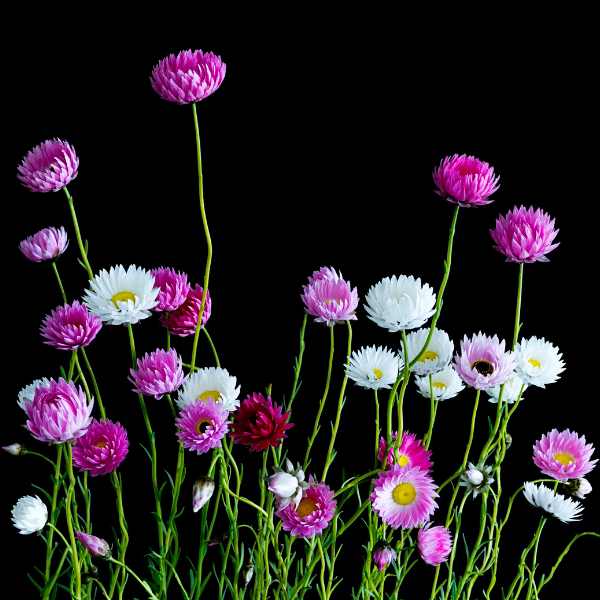
Five Steps To Drying Everlastings
- Nurture your flowers as they grow with water and compost to ensure they are at their best. The aim is to maximise their colour and form when dried.
- You need to harvest flowers at the perfect time. A sunny afternoon, when they are completely open and dry is a great time. Cut near the base so you have a generous steam. They can always be trimmed later.
- Carefully gather the flowers into small bunches and tie them with a natural twine to secure.
- These bunches need to be hung in a dark, dry room to air dry, if possible, with minimal light and humidity. This will ensure the vibrant colour is maintained. To hang, we find it easiest to simply loop the twine through the string.
- Your flowers should be ready to turn over and display in approximately 3-4 days. This may take a little longer depending on the hanging environment and humidity.
Five simple steps and you should have bunch of bright flowers to get you through the duller winter months.
Growing Conditions
Native to the south of Western Australia, extending into South Australia, they are very adaptable and spring up whenever the right conditions are met. They prefer full sun to dappled shade and grow well in open meadows. People travel huge distances to see the heavenly floral displays that they put on each year in the open spaces of Western Australia.
They tend to be smaller when grown in heavy, clay soils, preferring well drained sandy soils. An addition of sand will help remedy the heavy soil mix or choose to grow in pots with a good native potting mix.
They flower from August to November in their natural environment but, with sufficient water and warmth, will flower at other times of the year. Flowering occurs ten to twelve weeks after germination and the flowers last a good two weeks. The flowering period is around ten weeks and deadheading will encourage new growth.

Top 5 Steps To Growing Everlasting Daisies
- Love a full sun spot in a garden or pot.
- Low maintenance plants, but for more branches and more flowers deadhead the spent flowers regularly
- Tolerate a range of soils, but will establish best if the soil is improved with a little compost before planting
- Grow well in pots or containers – use a native suitable potting mix for best results
- Easily grown from seed with high germination rates.
Relatively easy to grow from seed and suitable for beginners.
Growing from seed
- It’s a good idea to sow Everlasting Daisy seeds in autumn, so they have the winter period to grow well and establish a good root system before flowering in spring and summer.
- Sow the seeds directly into prepared soil or into punnets filled with a native potting mix. The seeds should be sprinkled onto the soil surface and covered lightly with more soil or potting mix.
- Keep them moist until they germinate. Seeds germinate in seven to twenty one days. There should be an almost 100% germination rate.
- If sowing direct, it is a good idea to mix the lightweight seeds in a container with some damp sand or soil. That way they wont blow away in the breeze as you attempt to scatter them.
- If growing in punnets, transplant the seedlings into their final garden location once they are 5-10cm tall, allowing 30-50cm between plants depending on the size of the mature plants.
- Dig the hole twice as wide as the seedling pot and the same depth.
- Gently remove it from the seedling from the pot, gently tease roots and plant into the hole.
- Backfill around the plant and water in well.
- Mulch around the base to retain moisture and suppress weeds, but keep the mulch away from the main stem.
Fertilising & Care
An annual feed in late winter is all that Everlasting Daisies will need. If you have a very sandy soil, you might require a second annual fertiliser application. Removing dead flowers throughout the flowering season will help to maintain a busy growth habit.
Pests & Diseases
Everlasting Daisies are relatively pest and disease free but aphids can sometimes be a problem, particularly on tender young shoots – spray any infestations with a Pyrethrum based spray as needed. Snails and Slugs also enjoy feasting on the young seedlings, so set beer traps (shallow saucers filled with beer) around young seedlings.

